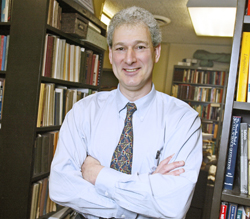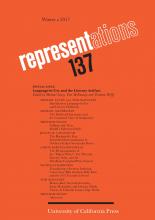Editors’ introduction to our new special issue, Language-in-Use and the Literary Artifact (free for a limited time on Highwire)
by Michael Lucey and Tom McEnaney
The introduction begins:
Literary critics and theorists often shy away from talking about writers and readers as people who put language to use. Instrumentalized reason, positivism, and other watchwords warn against turning a literary artifact into mere data or information, or making it part of an exchange of language that is not exclusively aesthetic in nature. At the same time, when critics seek praxis in literature, speak about the performative attributes of a text, or discuss how to do things with words, they usually treat whatever text they are considering as a stable object. The contributors to this special issue of Representations are all interested in language-in-use as it applies to different kinds of linguistic artifacts and to text understood as the dynamic product of an interactive process. We take it that even the most literary of artifacts can be considered from this point of view. It is possible, for instance, through a kind of “literary fieldwork,” to discover the kinds of dynamic, social, indexical, and context-based negotiations of literary and cultural value that will be at stake in the essays making up this volume. Such negotiations are inevitably present in and around literary artifacts because those artifacts are made of language, and because in using them more language is frequently produced. Even in the midst of an argument for literary autonomy by someone taken to be a key spokesperson for the idea (Gustave Flaubert) we can locate the dynamic relationality of language-in-use and see how it is relevant to the texts he produced.
In late 1875, six or so months before her death and while he was working on his Three Tales, George Sand and Flaubert, in the letters they were exchanging, were having a discussion about the function of literary form. “It seems to me that your school is insufficiently attentive to the substance of things,” Sand wrote in mid-December, “and that it remains too much on the surface. Being so caught up with form, it slights substance.” Flaubert, writing from Paris, had informed her a few days earlier that while in the capital he tended to see the same group of associates on Sundays—Ivan Turgenev, Émile Zola, Alphonse Daudet, and Edmond de Goncourt—and he had asked her if she had any thoughts about the writing of a couple of people on the list. It was in her response to his query that she offered her opinion about the failings of his “school.” In his reply to her letter, he insists that he is doing his best to have no such thing, and he distinguishes himself from his associates by saying that they “strive for all that I scorn, and are only concerned in a mediocre way by the things that torment me.” He elaborates:
I consider technical details, local pieces of information, really the whole historical and exact side of things as quite secondary. Above all I seek Beauty and my companions have only a mediocre concern with that. I find them unmoved when I am ravished with admiration or with horror. I swoon in the face of phrases that seem to them entirely ordinary. Goncourt, for example, is delighted when he overhears in the street a word used that he can then stick in a book. Whereas I am most pleased when I have written a page without assonances or repetitions. (Correspondance, 513–14)
No empirical fact finding, no linguistic fieldwork for Flaubert, it would seem. He and his colleagues cannot form a school because their writing practices are too divergent and are based on different structures of taste.
This passage from Flaubert’s letter to Sand caught the eye of Pierre Bourdieu, who cites it in The Rules of Art in a discussion of the kinds of formal work that manage somehow to bring social reality into a work of art, to register some aspect of the social world. Part of what Bourdieu sees Flaubert doing in this passage from his letter to Sand is making a claim for the ways both his aesthetic agenda and his artistic practice are distinct from those of his contemporaries with and against whom he constructs his own aesthetic point of view, his own writerly practice.
Language, we could say, provides the occasion for its users to be distinctive when they use it, in many ways and across different scales, and in both oral and written forms. To varying degrees, Bourdieu suggests, some of us might “sense the meaning that the possible which the writer is in the midst of realizing may acquire from its being put into a relationship with other possibles.” Or, as he would put it in one of his last seminars on Édouard Manet, in March 2000, “To understand someone who makes something, it is necessary to understand that they aren’t making something else. It’s as simple as that. It is a lesson that comes from structuralism: a phoneme only exists in relation to a space of other possible phonemes.” All the information a phoneme carries, it is able to carry because of the difference between the way it sounds and the way other phonemes sound (or the way other people saying the “same” phoneme sound). Bourdieu is interested in the information that works carry because of the way they differ from other works around them (and perhaps even from works a writer only imagines to exist). Meanwhile, Flaubert’s difference from Zola, his difference from Goncourt, is not only something that he asserts in writing to Sand; it is a difference that makes its way into his work. It informs the work, and the work thereby harbors formally a relation (an indexical relation) to the works it somehow manages not to be like.
Bourdieu’s concept of a field of cultural production involves both makers and critics in conceiving a constantly evolving set of works and the complex indexical relations between those works and also between their makers, relations that themselves become discoverable through critical forms of fieldwork and archival inquiry. Yet his interest in the way a literary work might index, might register the social world around it, involves more than relations to other works in the same field of cultural production. The work done on language by writers such as Flaubert can, for Bourdieu, enregister the wider social world in which it comes into existence in innumerable ways. Bourdieu is interested in the specifics of Flaubert’s writerly practice or, perhaps better said, what transpires because of the specifics of that practice. Flaubert may not wish to be associated with the “realists” around him, the ones who want to describe minute technical details of what they have observed, or who collect snippets of spoken language with which to ornament their books. Yet for Bourdieu, Flaubert, perhaps despite himself, achieves a “realist formalism.” Bourdieu notes that in certain circumstances, in certain hands, “it is pure work on pure form, a formal exercise par excellence, that causes to surge up, as if by magic, a real more real than that which is offered directly to the senses and before which the naïve lovers of reality stop.” This more real real of which Bourdieu is speaking is the reality of the social world and all its immanent tendencies, the reality of the social topography we all move through with varying degrees of practical skill, the reality of the distinctions and distances that exist between different actors and different positions within the social field. The contours of that social world, and the distribution of people and positions within it, we might say, are indexed by formal elements of the work that it is possible to decipher using what Charles Sanders Peirce once called collateral observation. That term appears in Peirce’s 1907 essay “Pragmatism,” where he refers to cases in which “the whole burden of the sign must be ascertained, not by closer examination of the utterance, but by collateral observation of the utterer.” And, we might add, of the context in which that particular person makes that particular utterance.
It is precisely this difference in attention, from the referential or signifying aspect of a sign to its social function, that motivates the contributors to this issue. The writers we’ve gathered here begin from the somewhat obvious assumption that both texts and their makers are shaped by the forces that also produce the social world around them. Certain makers of texts, by the work they do in making them, reflect upon, or uncover, or recover (in a process Bourdieu calls “anamnesis”) the relationship between the writing they do and the way the social world is shaped and has shaped them. What does it mean, or what does it involve to find in certain formal features of a work (for example, the frequency or rarity of repetitions and assonance) aspects of its relation to the structures of the social world from which it emerged? How would one understand a literary artifact—a novel, for example—to operate within such a system? “The novel as a whole is an utterance just as rejoinders in everyday dialogue or private letters are,” Mikhail Bakhtin once wrote, adding a few pages later that “of course, an utterance is not always followed immediately by an articulated response. . . . In most cases, genres of complex cultural communication are intended precisely for [a] kind of active responsive understanding with delayed action.” Such an understanding involves the positing, the discovery (with the aid of Peirce’s collateral observation, of fieldwork) of an array of indexical relations between that novel and other utterances (obviously not only novels) with which it could then be said to be in some kind of dialogue. What that dialogue might be concerned with is an open question, and might substantially change what, at first glance, a novel or some other literary artifact might be said to be “about.”
For the contributors to this issue, one key implication of these remarks from Bourdieu, Bakhtin, and Peirce, taken all together, is that particular formal features of a given literary work (or other kinds of crafted utterances) can be taken to index aspects of the social world in which it or they originated. And the formal features in question are remarkably diverse. Noticing them depends on the work that is done to establish the context in which that indexical function can be perceived. If Bourdieu liked the contrast between Flaubert and Goncourt that Flaubert somewhat snidely drew (“Goncourt, for example, is delighted when he overhears in the street a word used that he can then stick in a book”), it is surely because Goncourt can be taken to represent a kind of naive empiricism in the face of social reality, whereas Flaubert’s hostility toward such empiricism counterintuitively helps him to produce works that register some other version of reality in more astute, if less easily discoverable, ways.
Our contributors are all interested in the way linguistic artifacts are linked by various indexical modes to surrounding social worlds, the worlds in which they originate, but also the worlds through which they circulate over time. Part of what various aspects of the form of these artifacts and their subsequent entextualizations do is to indicate, to give us the means to understand some thing or things that are happening in the worlds in which they originate and circulate. This way of looking at form asks that we discover in its features the places in a work through which it is attached to, and contiguous with, a variety of contexts from which much of its value and meaning come. Continue reading (free for a limited time on Highwire)…
This introduction offers an initial account of the usefulness of an interdisciplinary encounter between the fields of linguistic anthropology and literary/cultural studies and, in doing so, introduces a series of key terms from linguistic anthropology and its way of studying language-in-use as a locus in which culture happens: nonreferential (or social) indexicality, entextualization, and metapragmatics. It establishes a set of common attitudes toward language and cultural production found in work by Bourdieu, Bakhtin, and a number of linguistic anthropologists (Michael Silverstein in particular). It suggests three analytical levels on which such an interdisciplinary encounter might take place: analysis of (1) works that themselves show an interest in language-in-use (for example, novels by writers such as Proust, Eliot, or Dostoevsky); (2) the “interactive text,” of which any given literary artifact could be said to be a precipitate (one construal of Bourdieu’s approach to an author like Flaubert); and (3) the role of the ongoing uptake of given language-based artifacts in maintaining and altering their meanings and values.
 MICHAEL LUCEY is Professor of Comparative Literature and French at the University of California, Berkeley. He is currently working on a project titled “Proust, Sociology, Talk, Novels: The Novel Form and Language-in-Use.”
MICHAEL LUCEY is Professor of Comparative Literature and French at the University of California, Berkeley. He is currently working on a project titled “Proust, Sociology, Talk, Novels: The Novel Form and Language-in-Use.”
 TOM McENANEY is Assistant Professor of Comparative Literature at Cornell University. He is the author of several articles and the forthcoming book Acoustic Properties: Radio, Narrative, and the New Neighborhood of the Americas (Flashpoints Series, Northwestern University Press, 2017).
TOM McENANEY is Assistant Professor of Comparative Literature at Cornell University. He is the author of several articles and the forthcoming book Acoustic Properties: Radio, Narrative, and the New Neighborhood of the Americas (Flashpoints Series, Northwestern University Press, 2017).
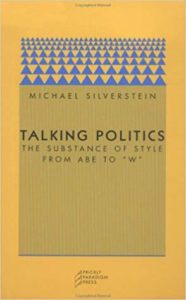 Michael Silverstein, University of Chicago; Jackie Urla, University of Massachusetts, Amherst; Tristram Wolff, Northwestern University; Judith Irvine, University of Michigan; Sarah Kessler, University of Southern California
Michael Silverstein, University of Chicago; Jackie Urla, University of Massachusetts, Amherst; Tristram Wolff, Northwestern University; Judith Irvine, University of Michigan; Sarah Kessler, University of Southern California
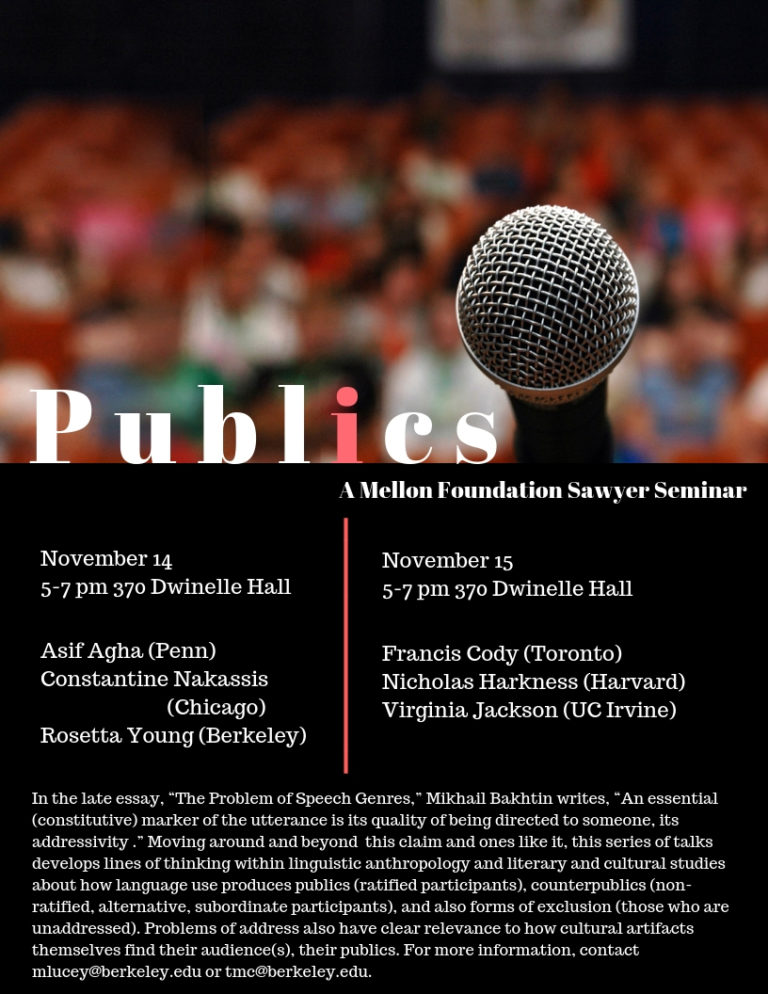
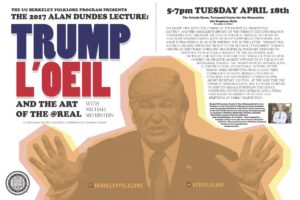
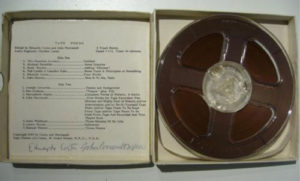

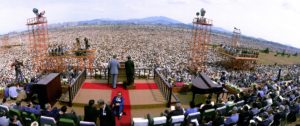
 Vernacular poetry is generally evaluated according to culturally specific aesthetic standards, what anthropologists call ethnopoetics. This article offers embodied entexualization—the culturally specific ways bodies are incorporated into as well as produce texts—as a means for analyzing how ethnopoetic systems reflect social and political histories and contexts. The poetry of the northern Italian town of Bergamo, and specifically a poem by a locally celebrated poet, Piero Frér, provides an illustrative case.
Vernacular poetry is generally evaluated according to culturally specific aesthetic standards, what anthropologists call ethnopoetics. This article offers embodied entexualization—the culturally specific ways bodies are incorporated into as well as produce texts—as a means for analyzing how ethnopoetic systems reflect social and political histories and contexts. The poetry of the northern Italian town of Bergamo, and specifically a poem by a locally celebrated poet, Piero Frér, provides an illustrative case.